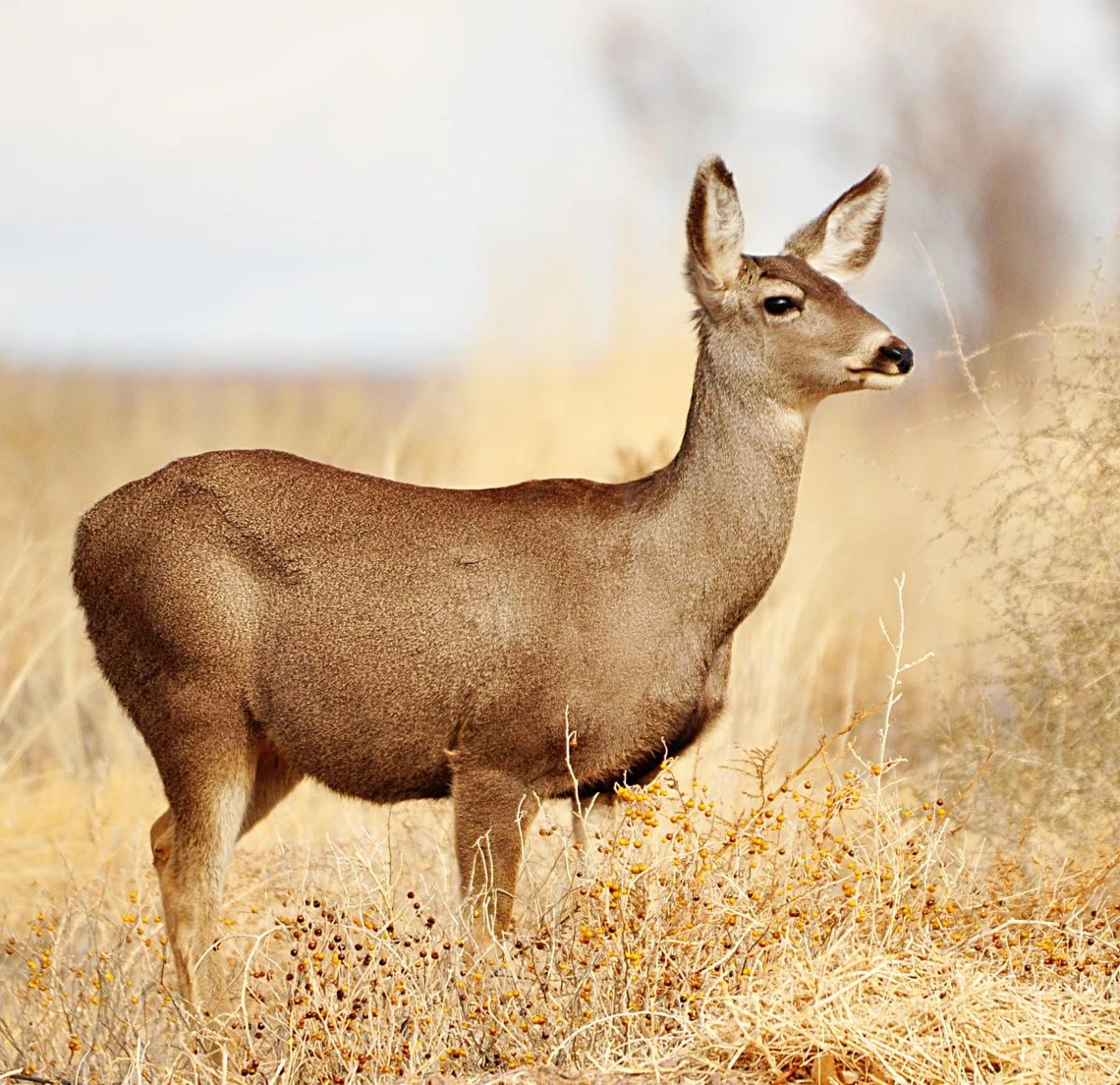Jim Heffelfinger on Declining Deer Populations in Colorado and the West

Jim Heffelfinger was recently interviewed by the Denver Post on declining deer numbers across Colorado and the West. Heffelfinger is the Arizona Game and Fish department liason with the School of Natural Resources and the Environment, and also chairs the Western Association of Fish and Wildlife Agencies' Mule Deer Working Group, which draws expertise from 23 states and Canadian provinces.
According to Heffelfinger, deer decreased by about 10 percent overall between 2003 and 2009 across western states. Deer aren't likely to join polar bears facing extinction, but the sharp downward trend requires concerted human action, Heffelfinger said.
"We certainly cannot have it all. We need to be smart about our wildlife habitat, especially our mule deer habitat and how we manage the population," Heffelfinger said. "There are so many different things that are stressing mule deer around the West. Fire suppression has closed the forest canopies, and that has reduced the amount of shrubs and weeds that deer rely on.
"You don't really like big, catastrophic fires ? certainly where human structures are damaged. But we really need to open up the canopies for deer."
There are many factors that may be influencing the decline including harsh winters, drought, and energy development. Mule deer, the most common deer in the West, are also an indicator species, and declines in their population could signal threats to other species as well.

